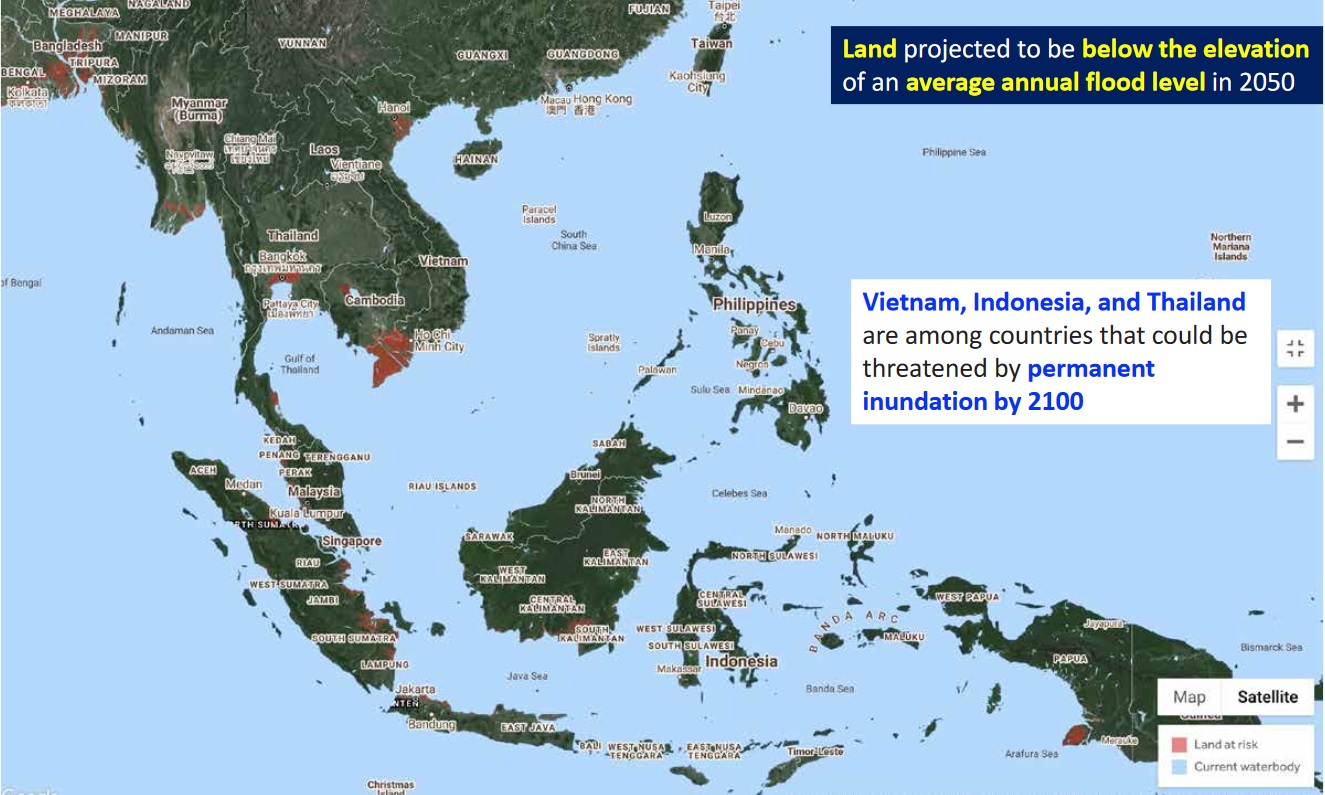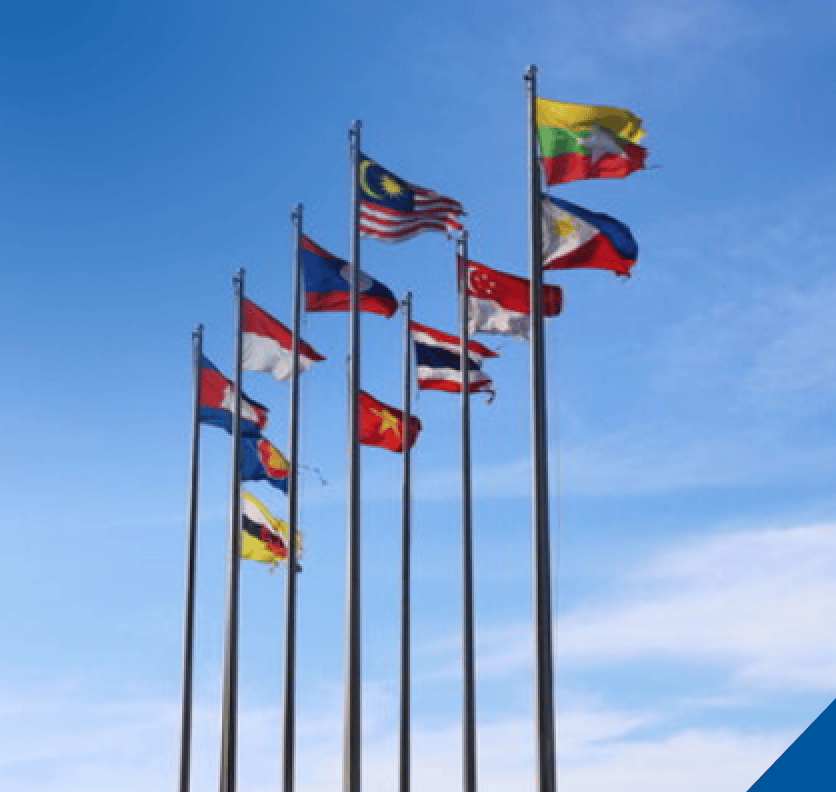[vc_row css=”.vc_custom_1565542682041{margin-right: 0px !important;margin-left: 0px !important;}”][vc_column css=”.vc_custom_1565542696462{padding-right: 0px !important;padding-left: 0px !important;}”][vc_single_image image=”5024″ img_size=”1440×300″ el_class=”banner-event”][/vc_column][/vc_row][vc_row css=”.vc_custom_1565542751414{margin-right: 0px !important;margin-left: 0px !important;}”][vc_column width=”1/4″][/vc_column][vc_column width=”1/2″ css=”.vc_custom_1565622195563{padding-bottom: 50px !important;}”][vc_column_text el_class=”title-event”][post_title][/vc_column_text][vc_column_text el_class=”date-venue-news”]Jakarta, 27 March 2020
[/vc_column_text][vc_column_text el_class=”text-par-news”]
The world has been threatened by the outbreak of COVID-19. Many employers including ACE have implemented Work-From-Home (WFH) policies to protect employees by practicing social distancing. Despite the fact that the rapid spread of such a new pandemic is gaining more attention than the threats of climate change, the WFH and COVID catastrophe did not stop ACE from learning the science of climate change. Today, ACCEPT conducted the third monthly in-house lecture on the Basics of Climate Change (Part II). The lecture was delivered by Dr. Chan Hoyyen via online Webinar, and a total of 27 colleagues had connected remotely to join the lecture.
 27 colleagues are attending the online sharing session through GoToWebinar, some of them are capturing their moments while paying attention to the lecture.
27 colleagues are attending the online sharing session through GoToWebinar, some of them are capturing their moments while paying attention to the lecture.
The lecture started with an introduction of three kinds of sea levels, followed by an explaining why the regional and local sea levels are different from the global average. The lecture also acknowledged the short-term sea-level change caused by the natural viability and shared the recent research findings related to glaciers and ice sheets melts. Then, the last section showed the ASEAN countries’ vulnerability to sea-level rise by sharing the scientific findings on lands at risk of flood and permanent inundation by 2050. The lecture was then ended with active participation Q&A session.

It was an interesting lecture and we look forward to learning more about international agreements on mitigation actions in the next lecture.
You can find the presentation slides for the sharing session through this link.[/vc_column_text][vc_column_text el_class=”photo-caption-news”][/vc_column_text][vc_tweetmeme share_via=”asean_energycc” large_button=”true”][/vc_column][vc_column width=”1/4″][/vc_column][/vc_row]











